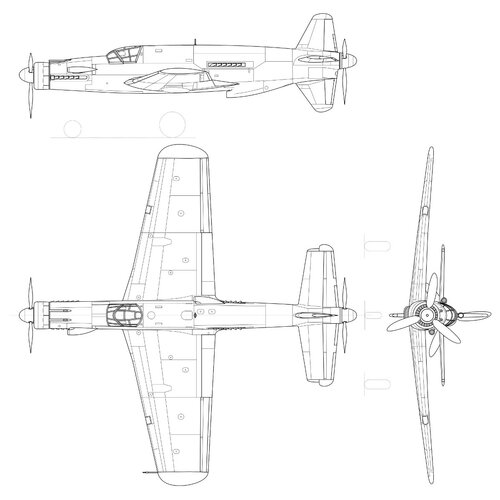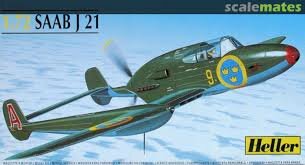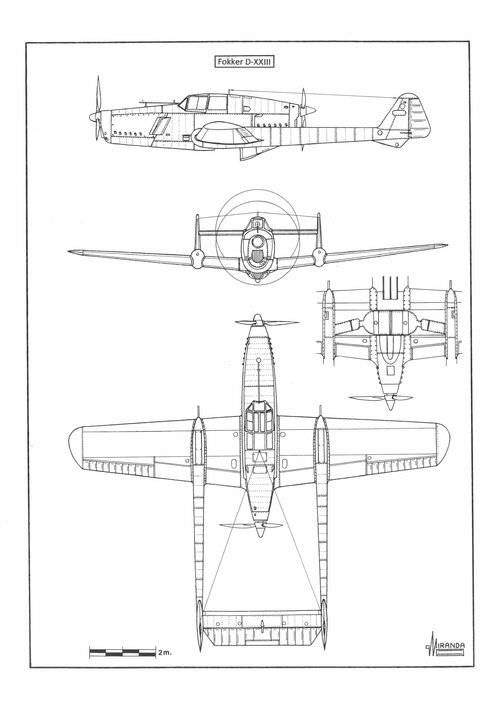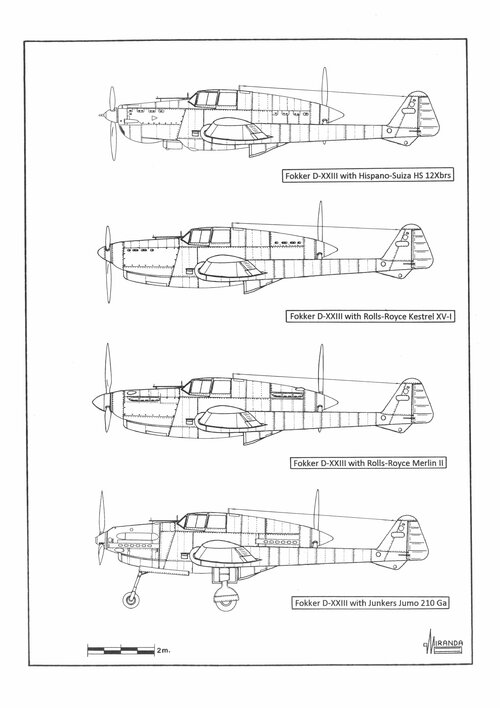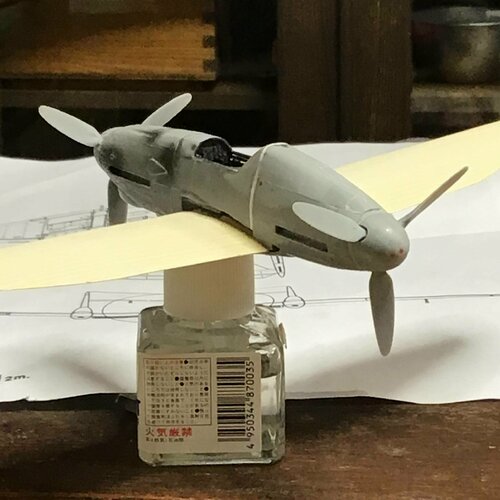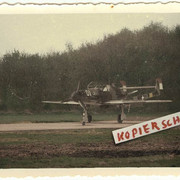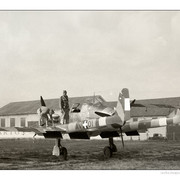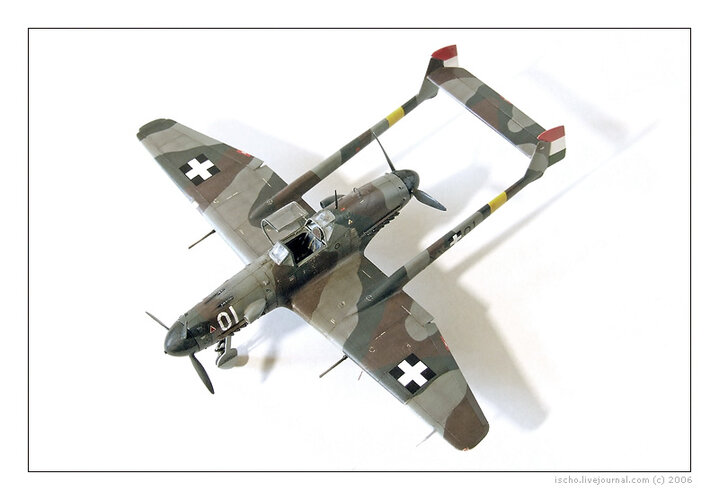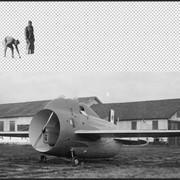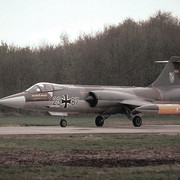Thank you for doing the scaling. It tends to confirm my suspicions.
Note how close the rear propeller of the "RMI.8" is to the horizontal stabilizer when compared to the Fokker and how the tail booms are almost identically sized in each, despite the enormously greater power andsignificantly greater weight of the "RMI.8". And note how the DB605 fills up the space between the engine and the cockpit that, on the Fokker, with its smaller Walter engines, holds the main fuel tank. The "RMI.8" would equires significantly greater volume for fuel than the Fokker. So where would it go? The wing and vertical tail surfaces of the "RMI.8" have slightly more area than the Fokker's, but given the extra weitght and power, the wing loading would have been significantly greater than the Fokker's and controllability might well be worse..
Perhaps most damning of all, where are the radiators for the two DB605s? The Walter engines were air-cooled. But for the DB605s, we need at least enough radiator area to match what we'd see on an Me210/410. But the Winkler sketch shows only a small scoop under the rear engine. What at first looks like a Bf109E radiator under the wing in the profile turns out to be a large flap when compared with the plan view. So I think that whoever created the sketch drew it based on the Fokker and forgot the crucial difference between air- and liquid-cooled engines.

